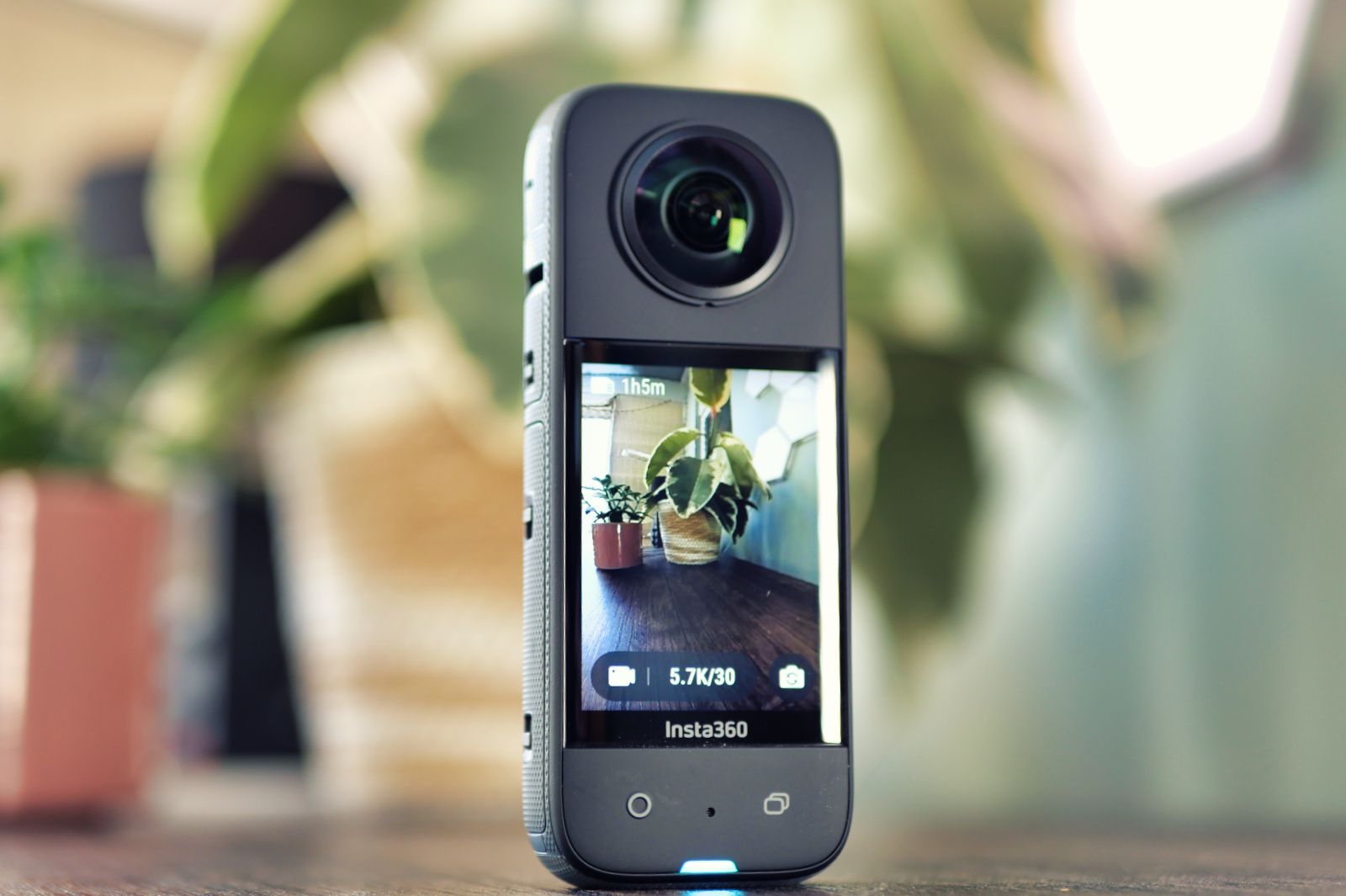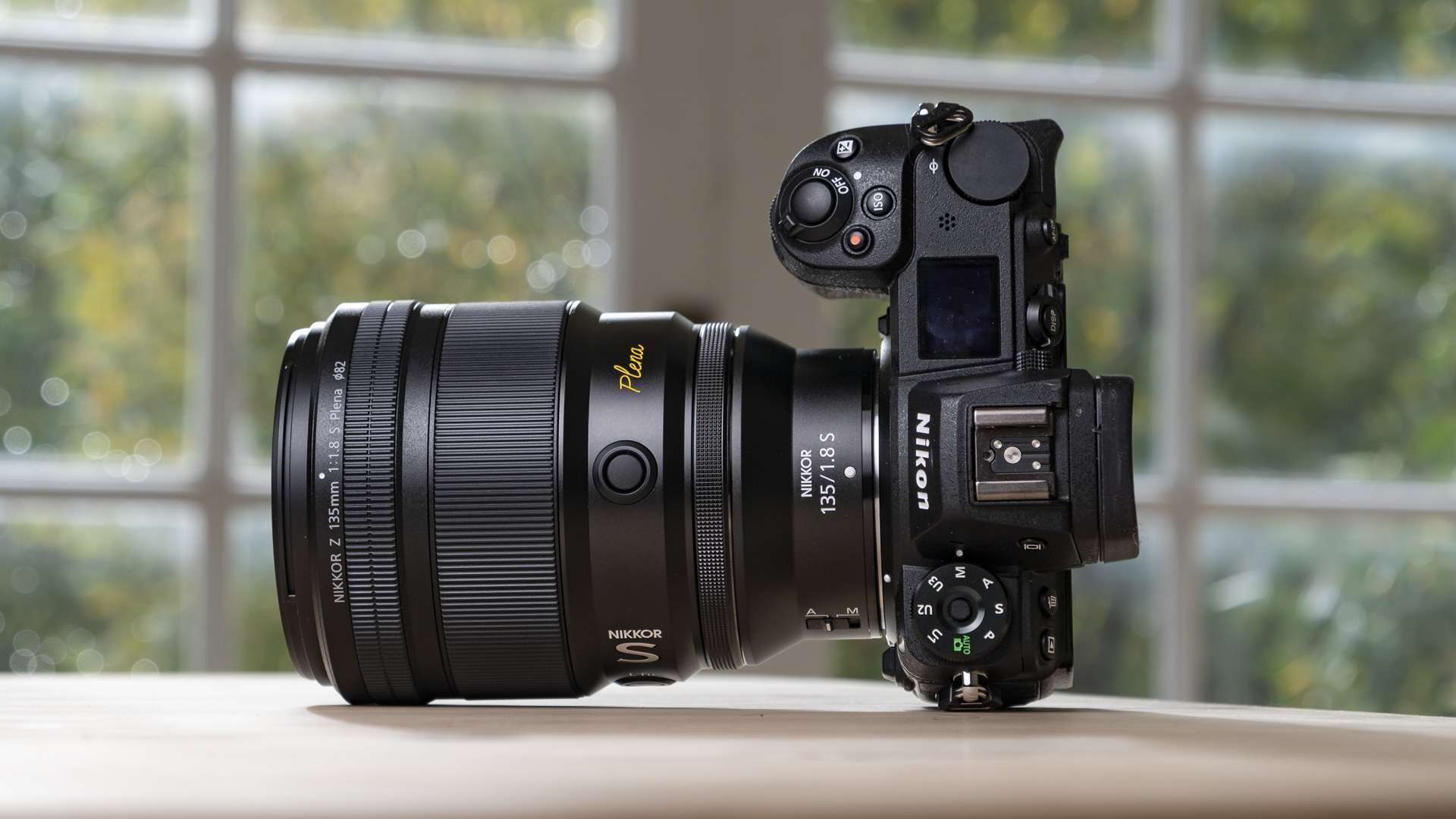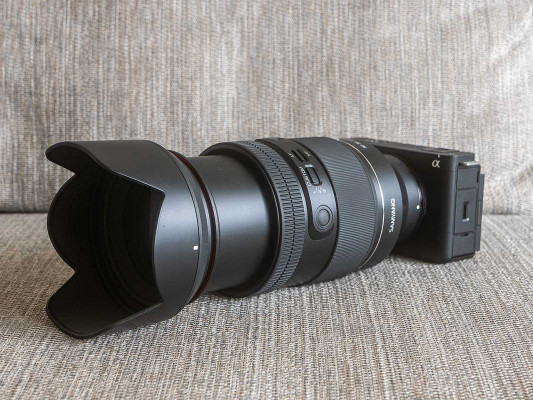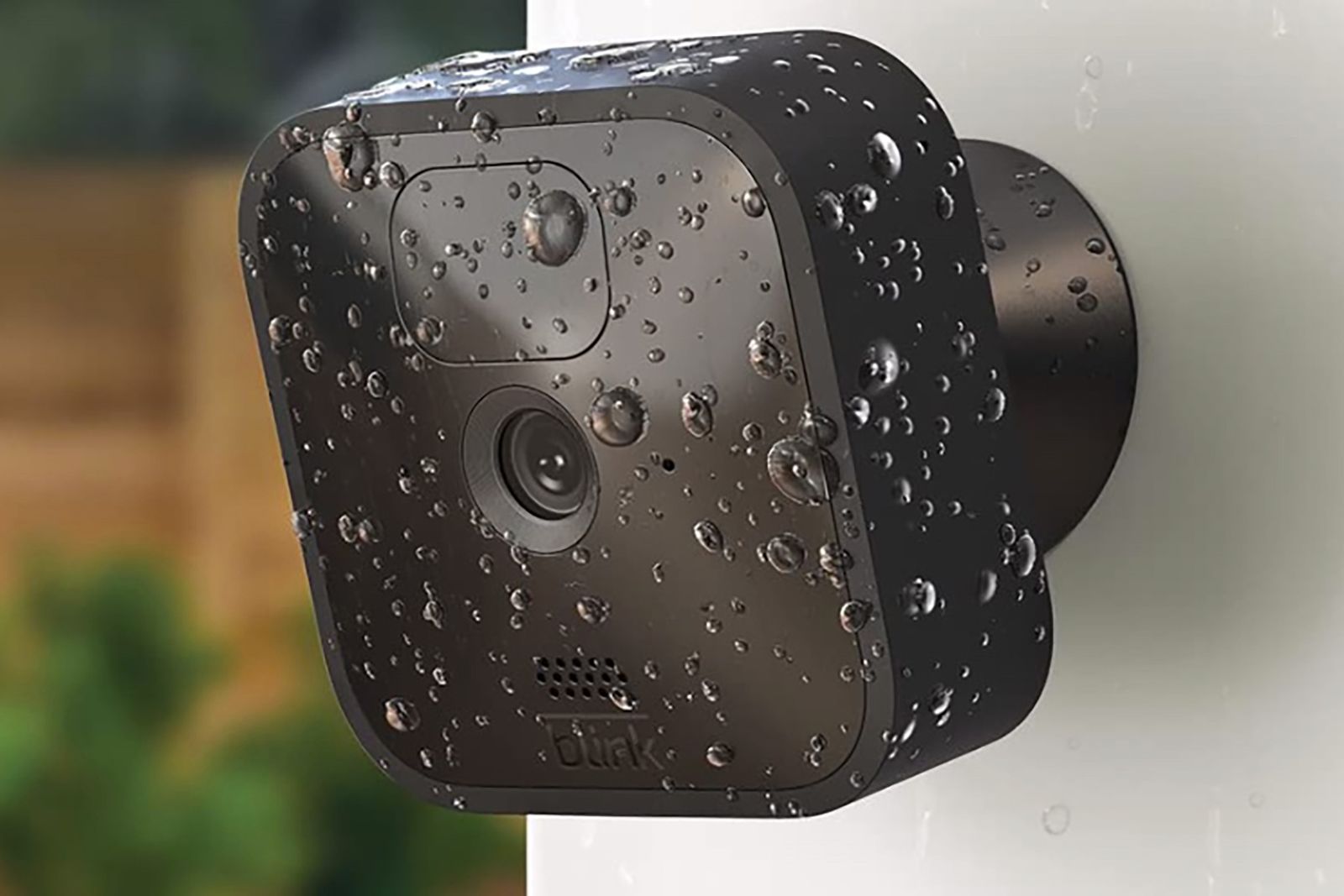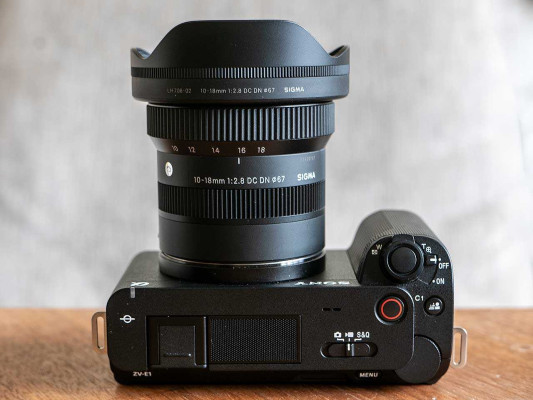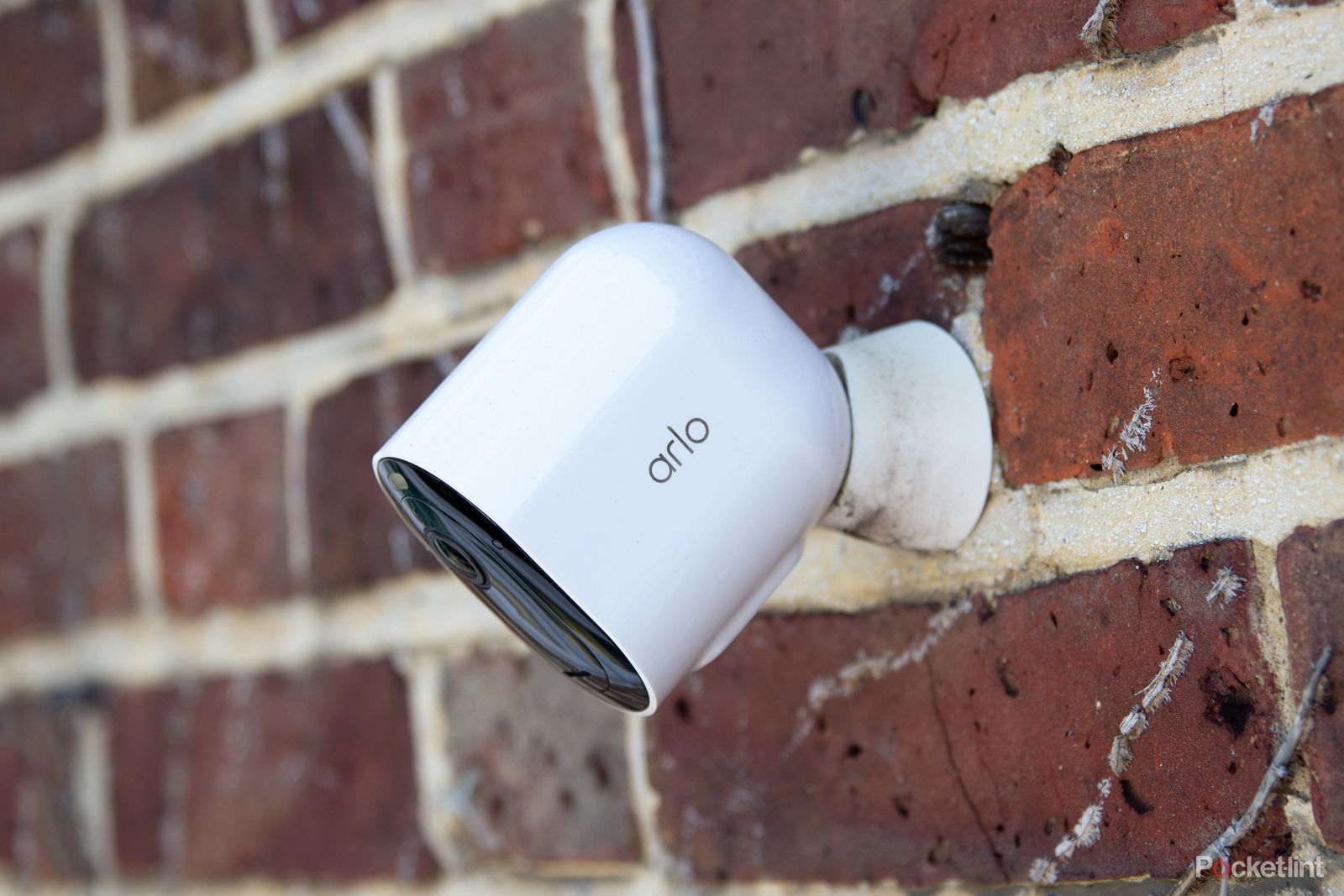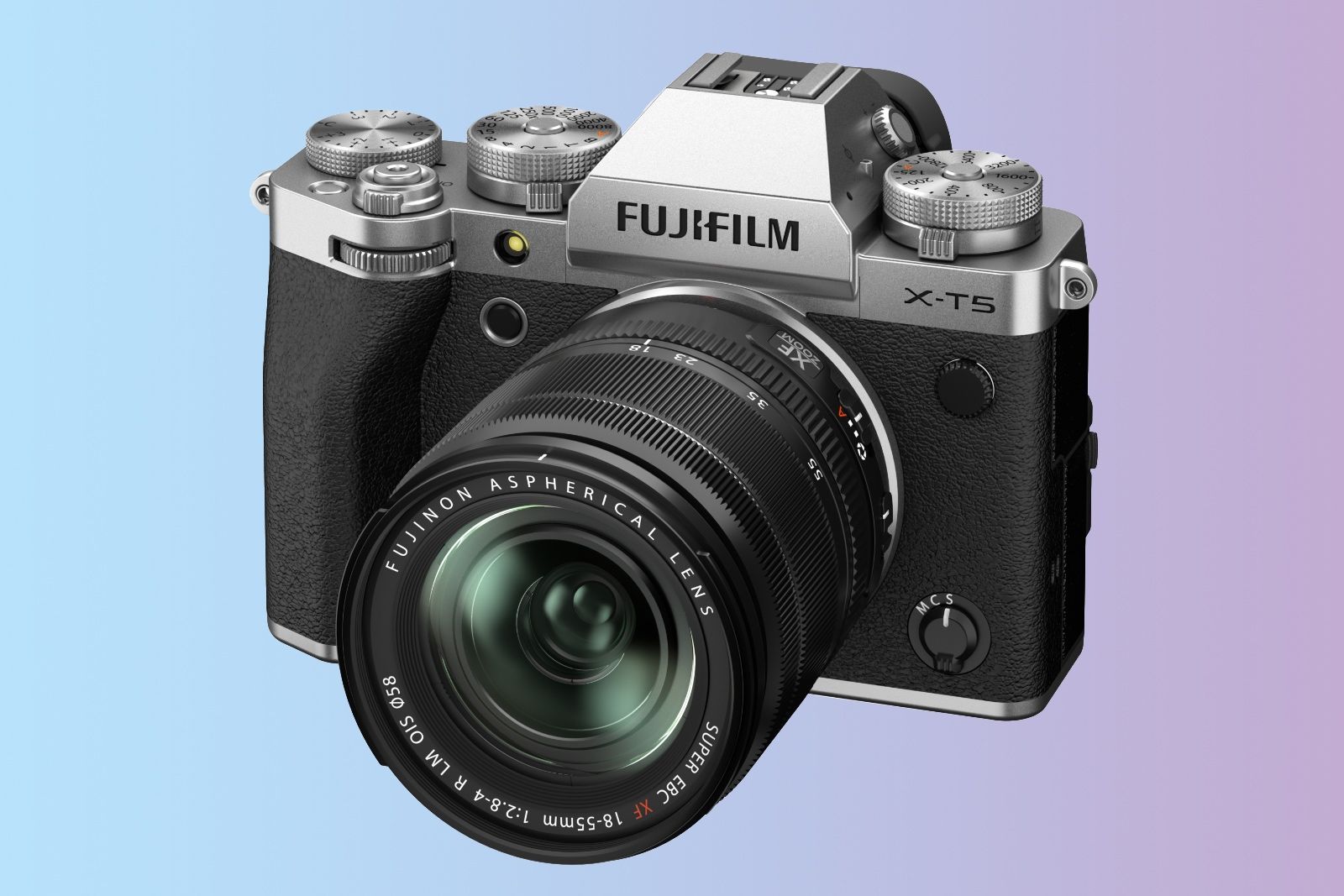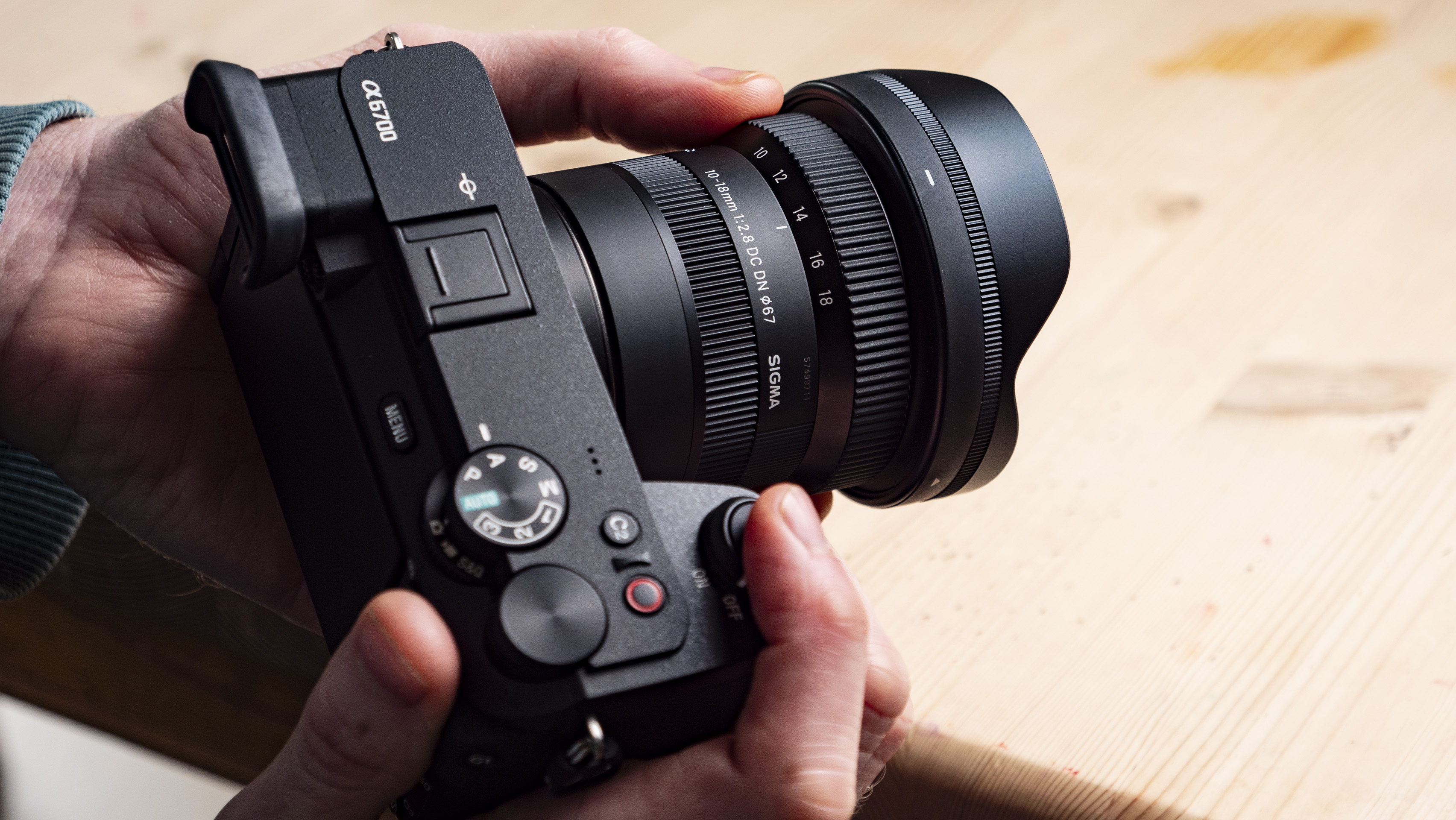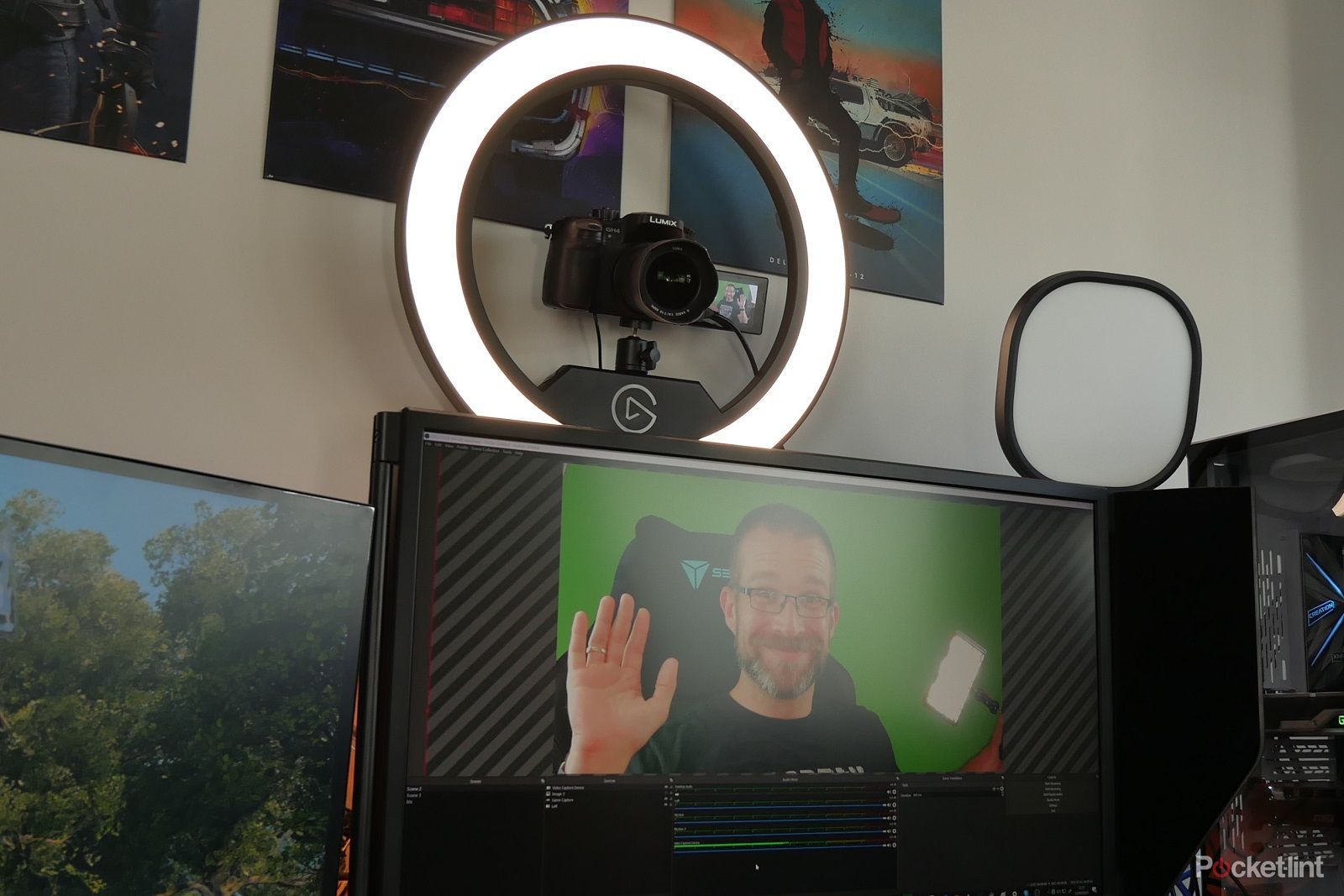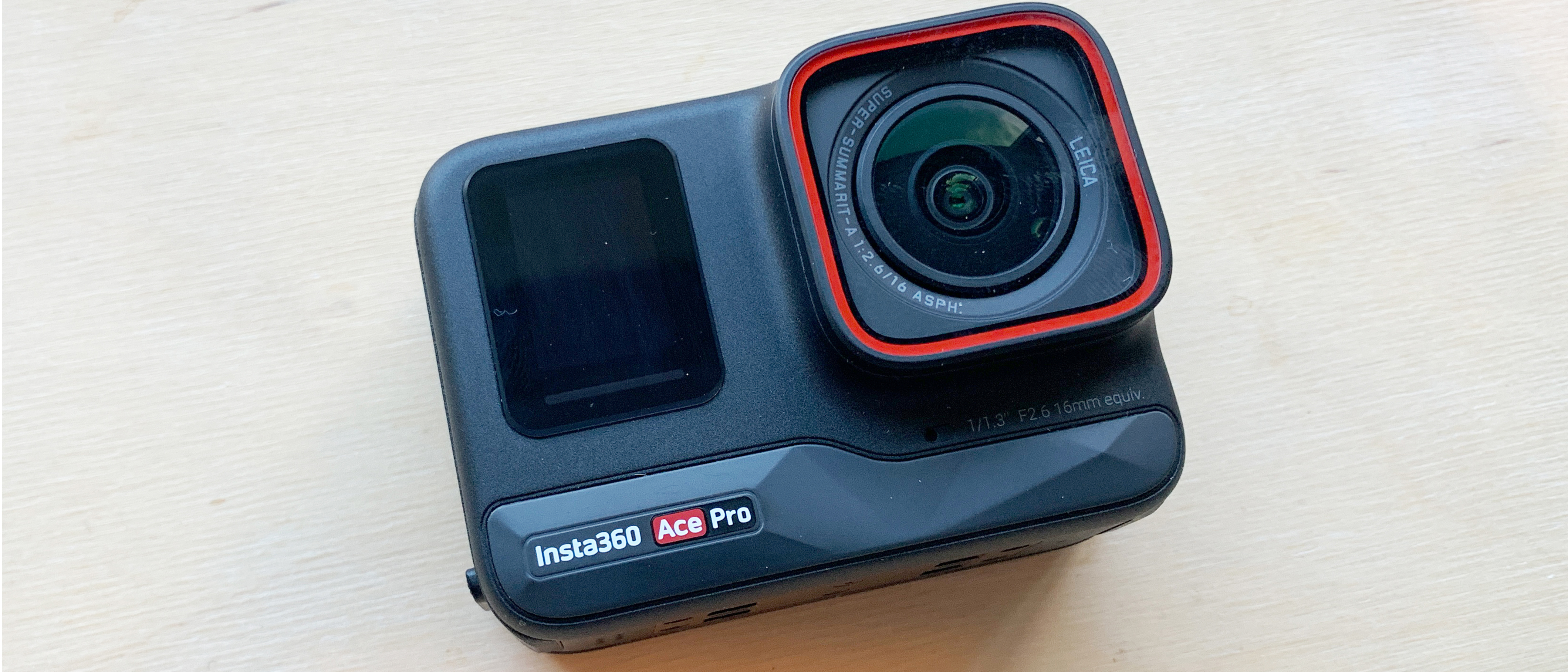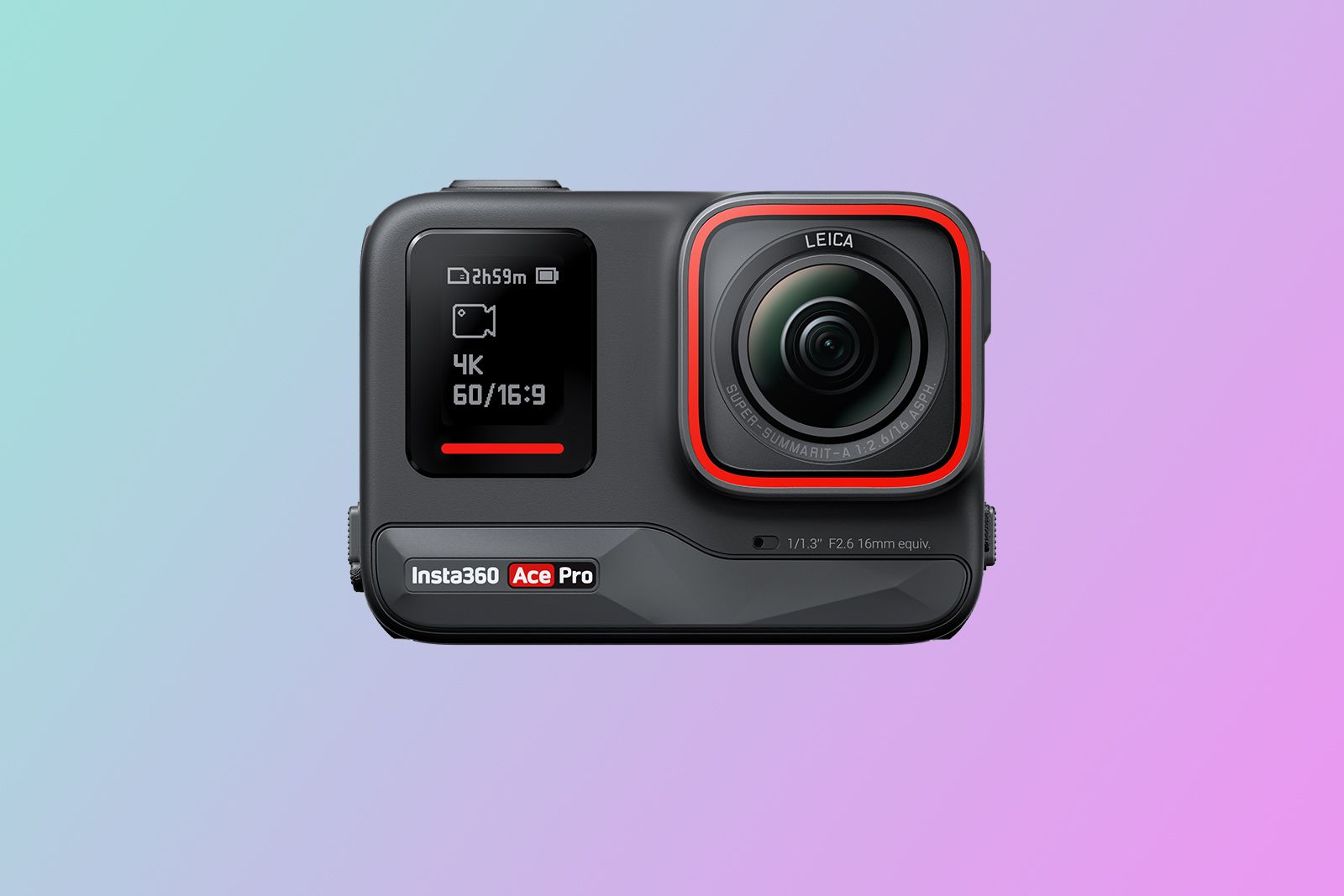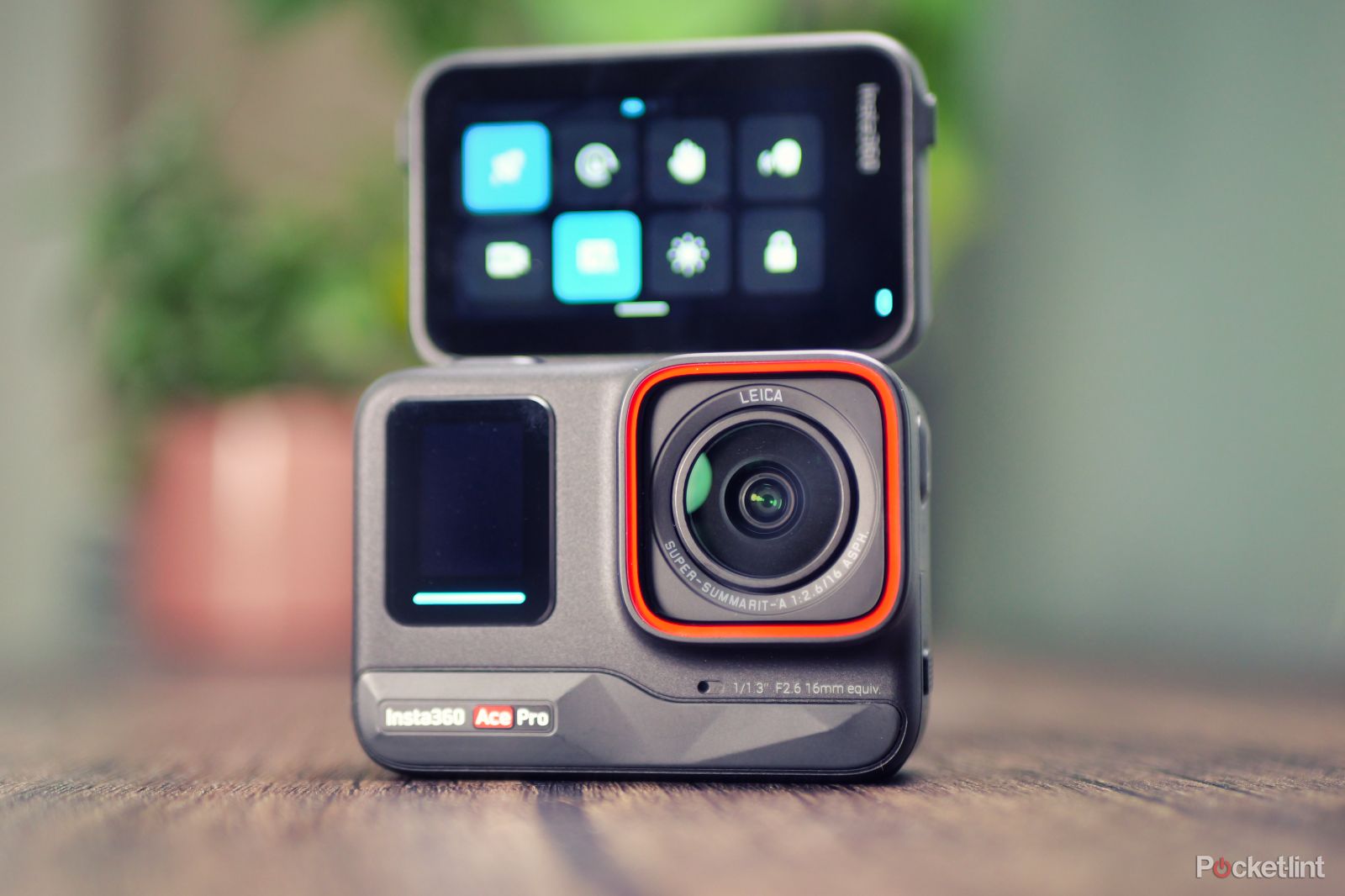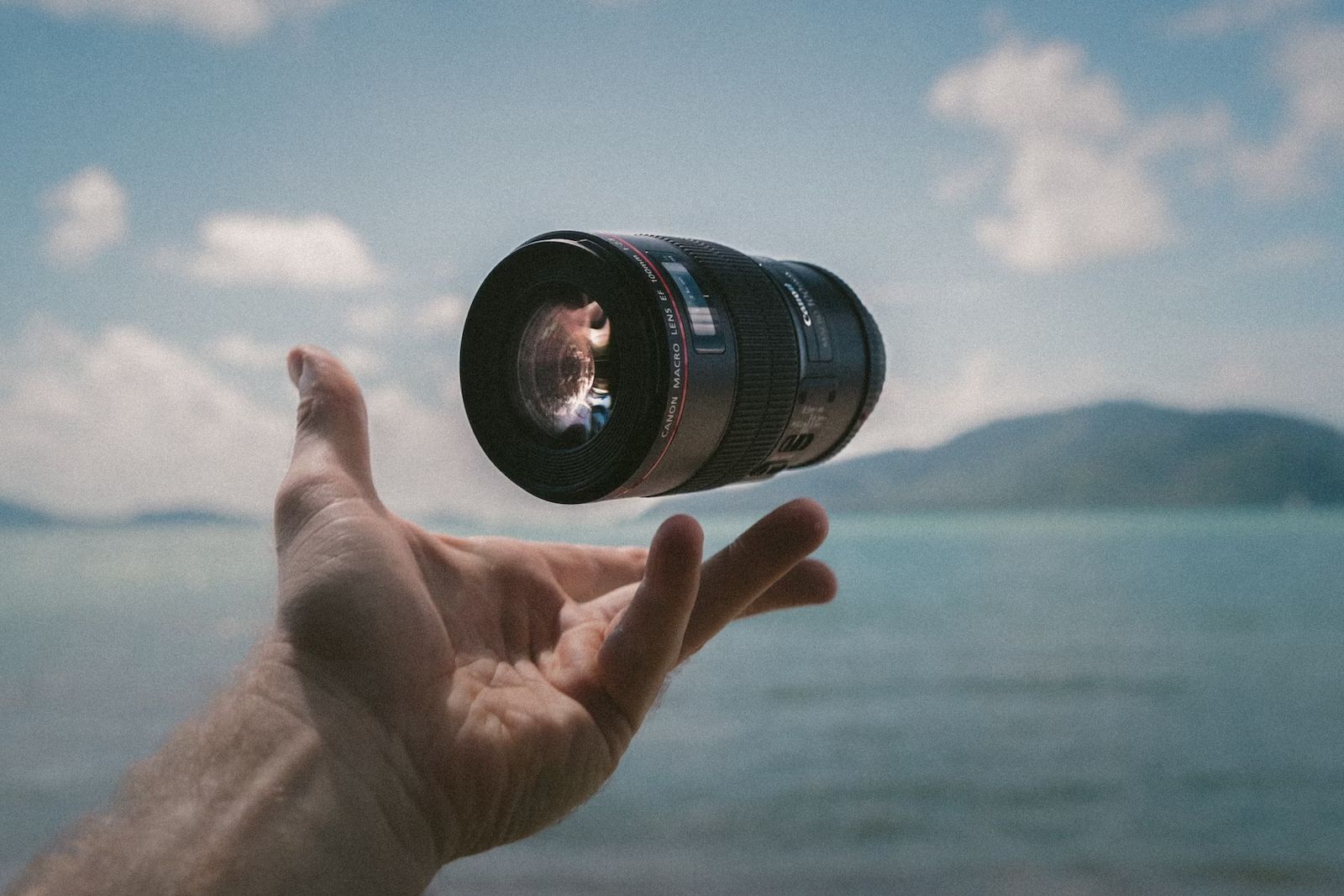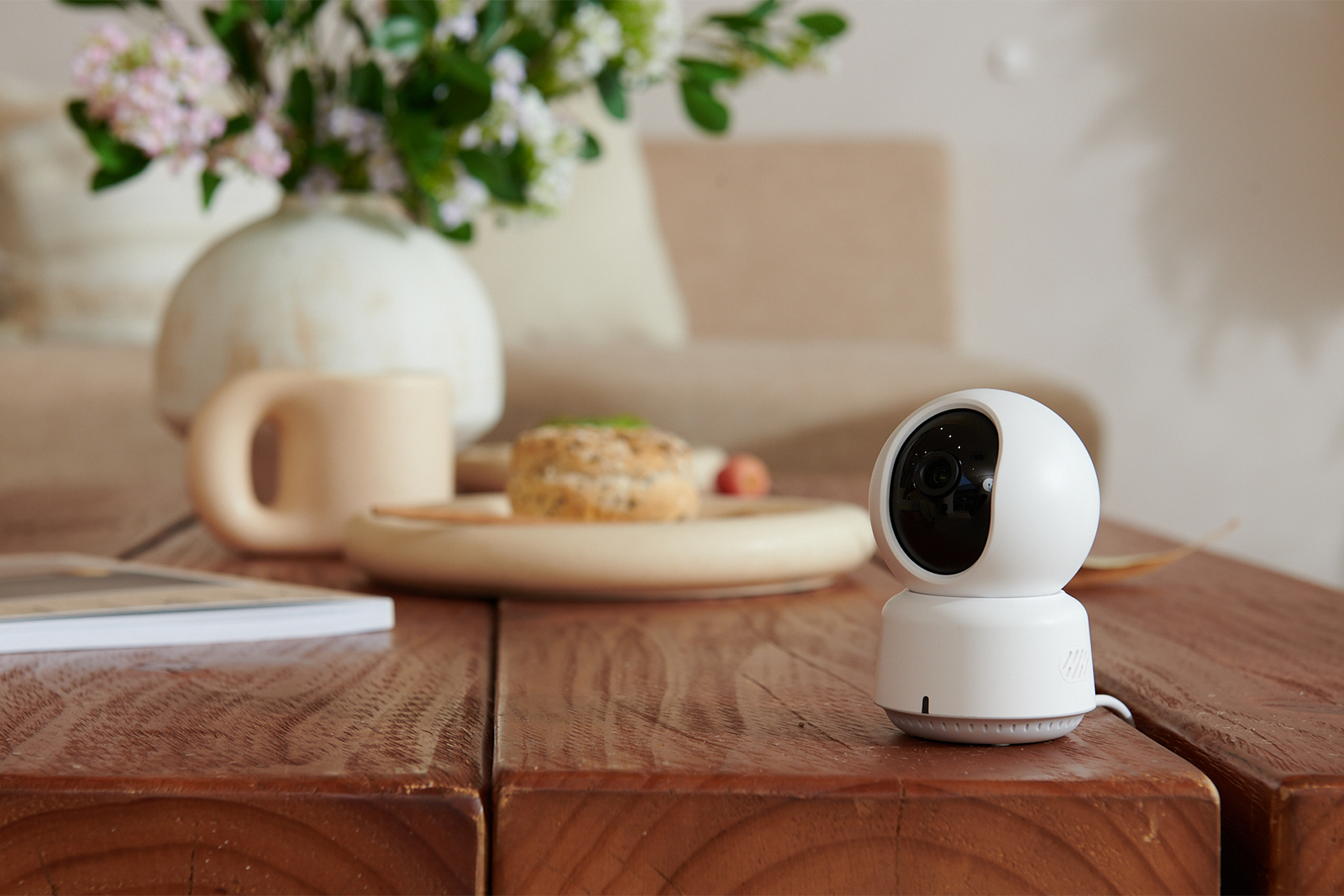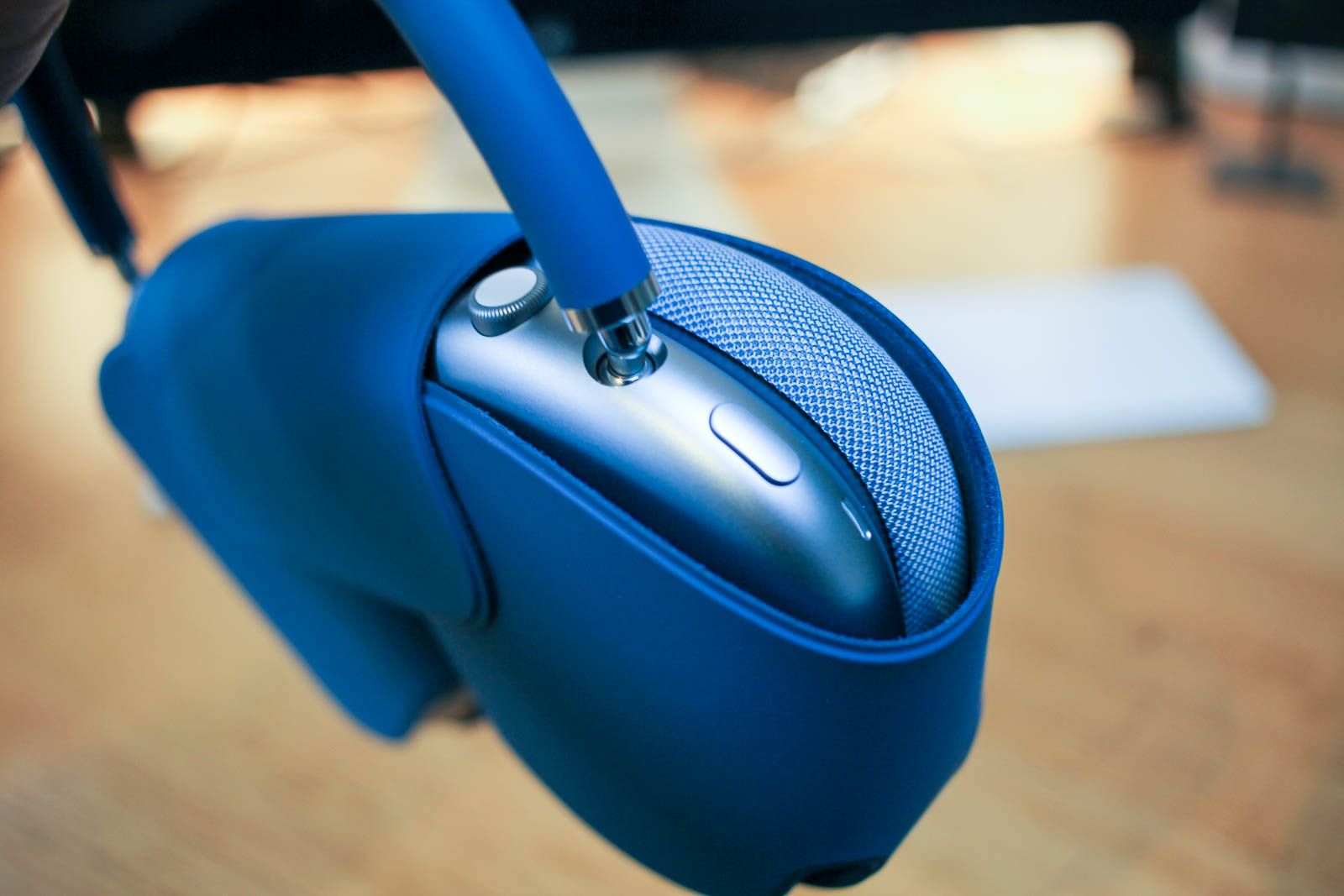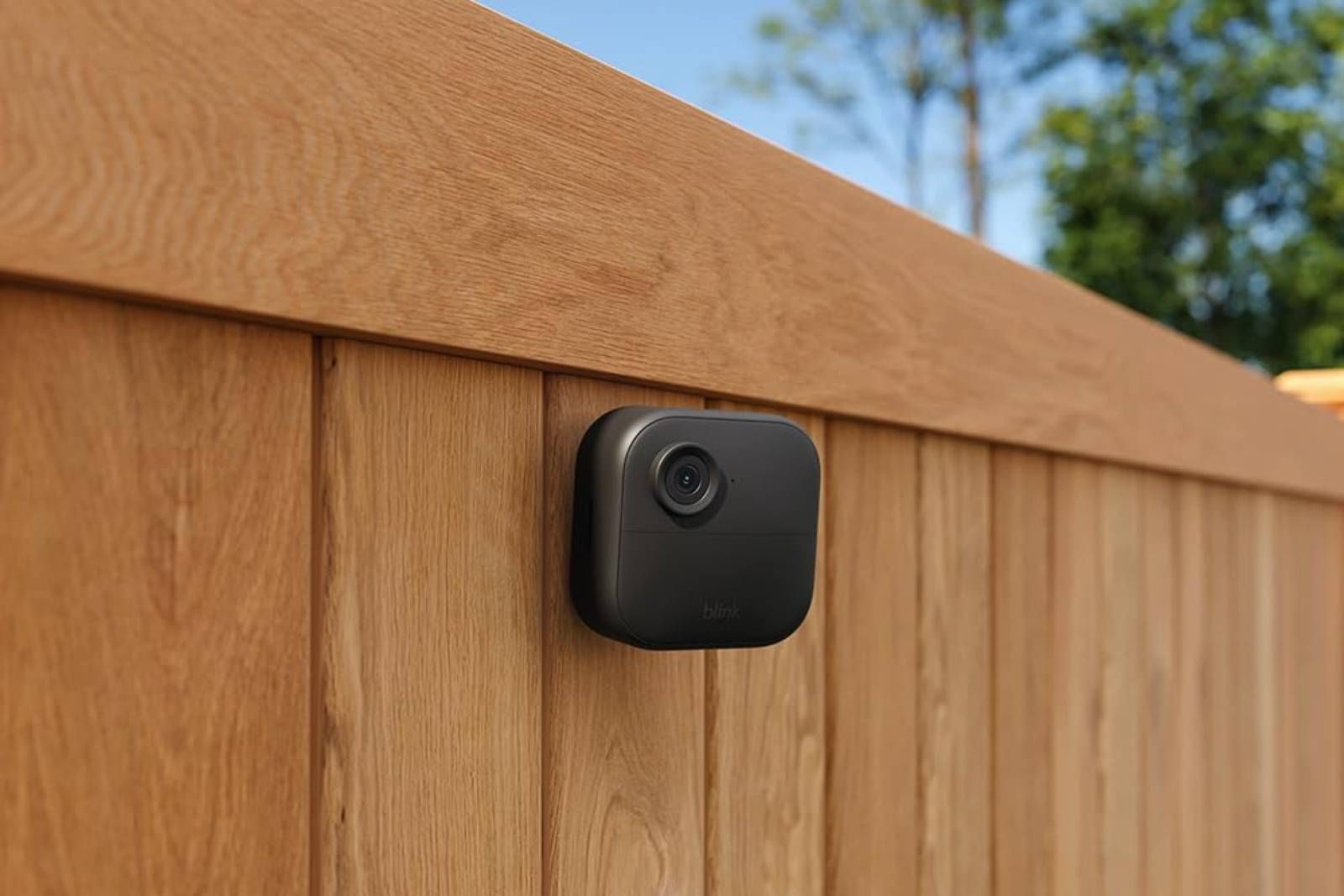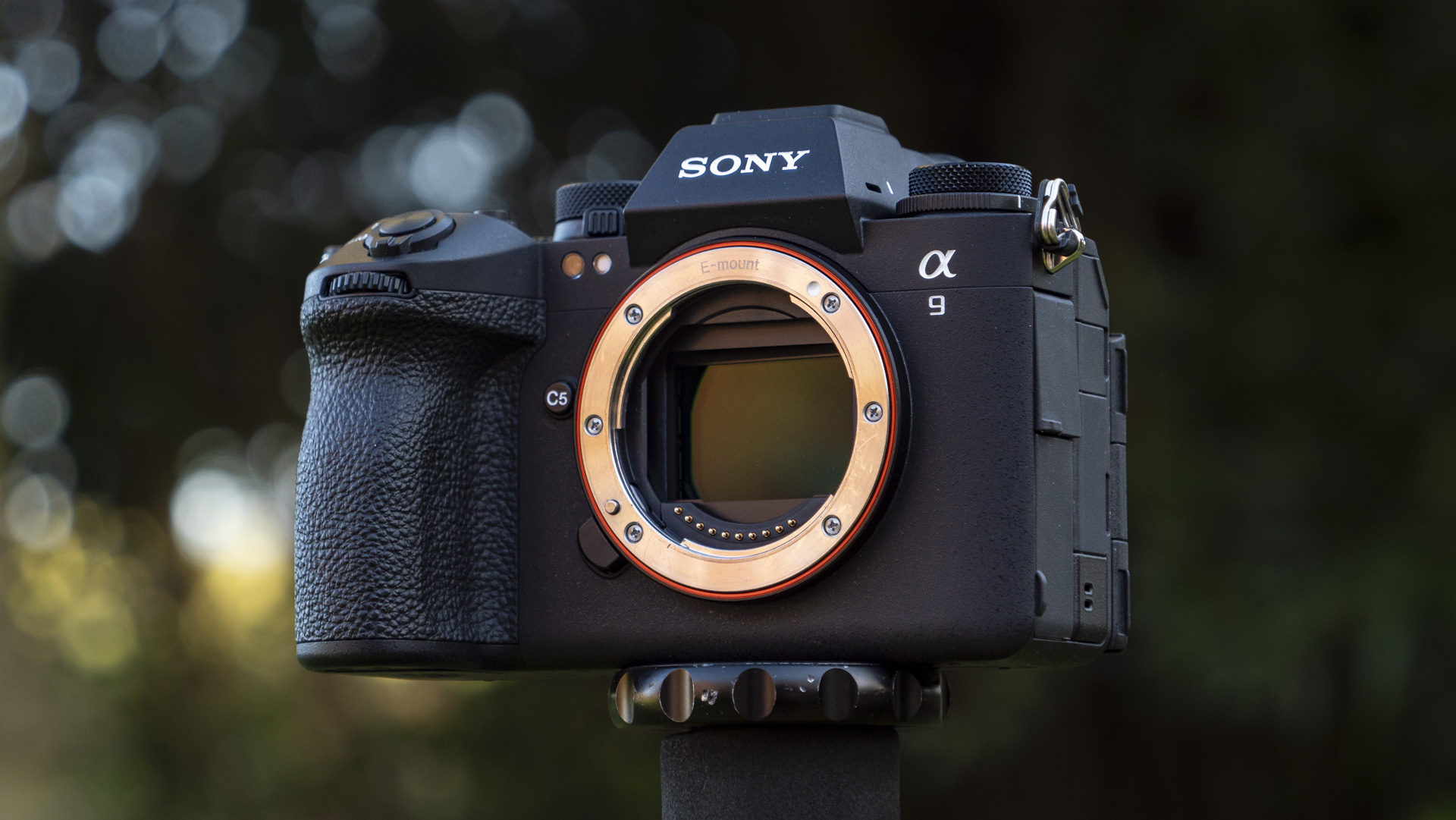Reviews

Party like it's 1992: Lomography LomoChrome '92 film review
DPReview Latest |
| I shot two 35mm rolls of LomoChrome '92: one with an Olympus Stylus Epic and the other with a Nikon FM2. This photo, lightly processed to taste in Lightroom Classic, was snapped with the latter. |
I remember 1992 well: Bill Clinton was elected president, Barcelona hosted the Olympic games, Dr. Dre released The Chronic and film photography was at the height of its popularity. Okay, maybe I don't remember all of those things – I was only four years old – but I do recall the presence of cameras in my life from an early age: My family was all about documenting special moments.
These photos, often shot on cheap drugstore film, have become cherished memories from a time long gone. Coincidentally, the era I speak of is now having a moment, especially amongst Gen-Z. And like so many hip brands in 2023, Lomography is tapping into the 1990s nostalgia craze with its recent release of LomoChrome ‘92 film stock. This ISO 400 color negative film is available in 35mm, 120 and 110 formats and is meant to mimic the look of that once ubiquitous drugstore film.
Buy now:
Who is Lomochrome ‘92 for?
If you’re searching for a color film stock that accurately captures the hues and tones of real life, this isn’t it. Lomography even says that LomoChrom ‘92 users should expect “fascinating blue hues, vibrant reds and delicate pastel undertones.”
Unlike common ISO 400 color films, like Kodak UltraMax or Fujifilm Superia, LomoChrome ‘92 is significantly more experimental in nature. To shoot with it is to embrace the unexpected, from strange color shifts to odd textures and oversized grain. If you want to fully enjoy LomoChrome ‘92, you’ll need to let go of some creative control.
In the digital age, this can be difficult. Indeed, I was a bit disappointed when I first got my scans back by how muted and somewhat 'blah' many of them looked, especially compared to how I visualized them in camera. But that feeling quickly passed.
What does Lomochrome ‘92 look like?
First, without any digital adjustments, my LomoChrome ‘92 scans came back flatter and less punchy than I expected despite shooting in a wide range of lighting scenarios, both with and without a flash.
The grain also appears rather chunky for an ISO 400 film stock. Some of my shots additionally have an unappealing greenish hue in the shadow regions, which, thankfully, is easy enough to correct with a bit of help from Adobe. And that’s exactly what I did.
 |
| I'm not entirely sure what caused the light leak here, but I dig it. This is the type of image you can't plan for. Shot with the Olympus Stylus Epic. |
How to make LomoChrome ‘92 shine
With a good night’s rest and fresh eyes, I reapproached my LomoChrome ‘92 shots with a new perspective: The ‘bones’ of the images were good; they just needed some toning and exposure adjustments to shine.
Seeing as I edit all of my own film scans digitally using Lightroom Classic — repeat after me, ‘It’s okay to digitally edit film scans,’ and if you think otherwise, keep it to yourself — I figured I’d give these shots the same treatment.
 |
 |
| Unedited LomoChrome '92 scan. | Edited scan with green cast removed. |
After all, a little white balance, exposure and contrast adjustment never hurts. Moreover, I wanted the results I shared in this review to be as close to something I’d share with my own social media.
Beyond basic adjustment to exposure variables, white balance and curves, I used the color mixer in Lightroom to lower the saturation levels of those pesky green tones plaguing some of my shadows. However, after experimenting with noise reduction on several images, I ultimately decided to leave it off and embrace the film’s oversized grain.
Other thoughts on LomoChrome ‘92
Ultimately, polishing most of these up took little effort. But I’m still somewhat perplexed by the assortment of light leaks and partially exposed frames I ended up with.
 |
| LomoChrome '92 features big grain and cool tones. Shot with the Nikon FM2. |
For the sake of variety, I purposely shot two rolls of film with two different cameras, the Nikon FM2 and the Olympus Stylus Epic. However, both rolls came back with the anomalies mentioned above. It's also worth noting that I've shot with both cameras recently, with no mechanical issues or light leaks to report. Hm.
 |
| Shot with the Olympus Stylus Epic. |
Either way, these happy surprises didn’t ruin any crucial shots and even added additional character to others, like the car image above. So, even though my results were not quite what I expected, ultimately, I am pretty happy with the outcome. And isn’t that the Lomography way?
What’s the point of LomoChrome ‘92?
In one word: fun. Lomochrome ‘92 isn’t for those wanting the tightest grain and cleanest reds, yellows and blues. It’s for folks who want to experiment with 35mm and – gasp! – not take film photography too seriously. After all, serendipity is one of the best parts of the analog photography experience.
So, does LomoChrome ‘92 really evoke a feeling of the long-gone 1990s? Absolutely. These shots bring me right back to my childhood, from the big grain to the slightly-too-cool tones. LomoChrome ‘92 is far from a perfect film stock, but it's definitely nostalgic. And that's the whole point.
 |
| Shot with the Nikon FM2. |
Moreover, I’m excited to see Lomography expand its film lineup with this whacky yet enjoyable stock. It might not be my go-to choice for everyday use, but it's definitely an interesting one to experiment with from time to time. And I encourage other analog avengers everywhere to give it a spin through their favorite cameras.
A 35mm roll is $12.90 and develops in C-41.


